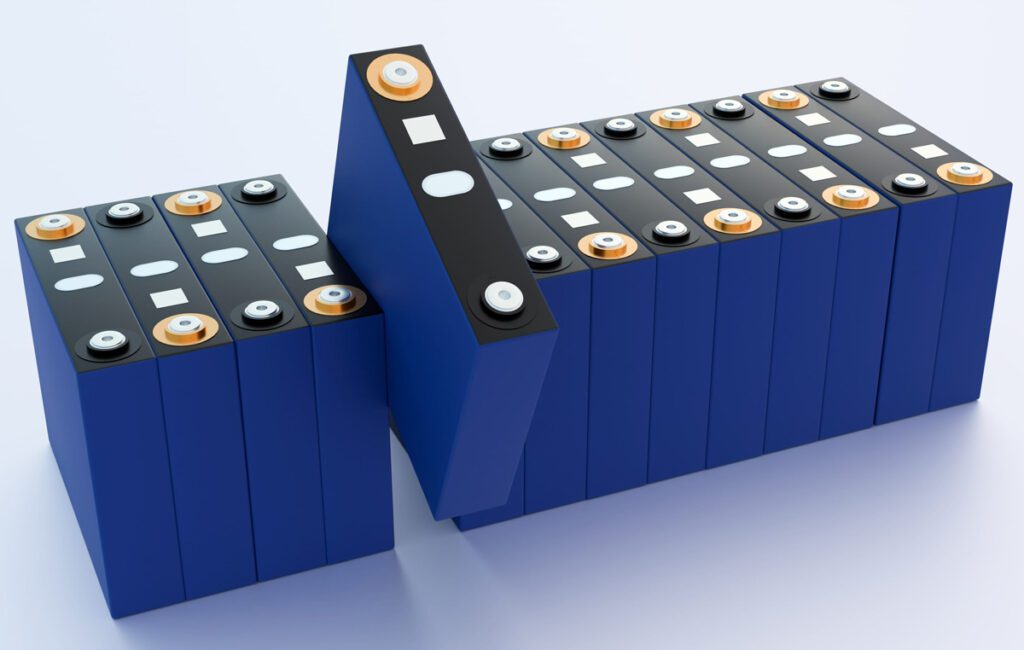As the long-awaited delivery date for Model 3 draws closer, more details of the world’s most anticipated vehicle are slowly coming to light. Production is to start in July, and Elon Musk has said that deliveries will begin in July as well – probably with a ceremonious handing-over over of keys to a handful of owners, like what happened with the Model X launch. Tesla plans to ramp production to 5,000 units per week by the end of 2017.
Model 3 will be first vehicle to be built with Tesla’s new 2170 battery cells, and some have wondered if the charging technology will change. Early spy pix indicated that the charging port was different from that on the S and the X. One intrepid fan has managed to get a shot of a Model 3 release candidate connected to a Supercharger, and it shows that the charge port itself is bigger, but it appears to use the same connector. The larger port could be designed to more easily accommodate different connectors for different geographical markets (of course, a release candidate is not necessarily exactly the same as the production version will be).
Love my #Tesla S70D! Today while Supercharging I found #Model3 #TeslaModel3 doing the same thing! Can’t wait 4 1? https://t.co/SjEhR9w40s pic.twitter.com/Y2LuAaAj88
— Jas Summers (@jassummers) May 22, 2017
While it may seem that only the most devoted fanatics could care about the size of a charging port, Electrek pointed out that Model 3 is on track to be the first truly mass-produced electric vehicle, and could quickly become the most common EV on the roads, so its charging architecture may be highly influential for the EV industry as a whole.
A summary of Model 3’s features (or at least those that Tesla has publicly revealed so far) can be found on Tesla’s web site in a chart that compares Model 3 to Model S. The company wants to make it quite clear that Model S is the premium vehicle: “Model S is our flagship, premium sedan with more range, acceleration, displays and customization options…Model 3 is designed and built as a mass market, affordable electric vehicle. Although it will be our newest vehicle, Model 3 is not ‘Version 3’ or the most advanced Tesla.”
Speed demons and pack rats (assuming money is no object) will want to opt for the S. The 3’s 0-60 time will be 5.6 seconds, which is peppy for a mid-priced sedan, but far short of the performance of the world’s fastest production car, which can be as quick as 2.3 seconds (P100D with Ludicrous mode). Model 3 will have less than half the cargo space of the S: 14 cubic feet compared to 30 cubic feet, including both the rear compartment and the frunk. Also, Model 3 will not be a hatchback (it isn’t yet clear exactly what the rear gate will look like), and it will not offer a power lift gate feature.
Model 3, at least for now, will be available in far fewer versions than Model S. The S is currently available with 3 battery pack options, rear-wheel-drive or dual motor, 7 paint colors, 6 different interiors, 4 styles of wheels, two roof options, and more. It all adds up to more than 1,500 possible configurations. Model 3 will have fewer than 100. Part of the reason for this is to streamline the production process, making it easier to quickly ramp up to mass-market volume. Tesla has said that there will be two battery pack options, and an unnamed source has told Teslarati that they will be 60 kWh and 74 kWh. It seems certain that there will be various premium options, as Musk has said that he expects the average selling price to be considerably higher than the base $35k. UBS, among other industry observers, believes that Tesla is counting on high-margin options to make Model 3 profitable.
One thing this comparison chart makes clear: Tesla is actively “anti-selling” the Model 3, encouraging prospective buyers to choose a Model S (or X) instead, and put some money in its bank account right now. Most car companies’ promotional materials accentuate the positive and ignore the negative, often to a silly extent. Just as you can’t buy a small cup of coffee (just large, extra-large or gargantuan), you won’t find any car advertised as a “basic” or “entry-level” version (for example, Toyota insists on calling its base-level 2017 Prius the “Plus”).
Tesla displays some uncharacteristic modesty here, hammering home the point that Model 3 is a lesser model. And not only that, but you’ll have to wait (oh no!). Consider this wording, which violates every principle of conventional marketing wisdom:
Model S: “Currently in full production, Model S orders placed today are delivered in fewer than 30 days.”
Model 3: “…deliveries for Model 3 orders placed today are not expected until mid 2018.”


















































































